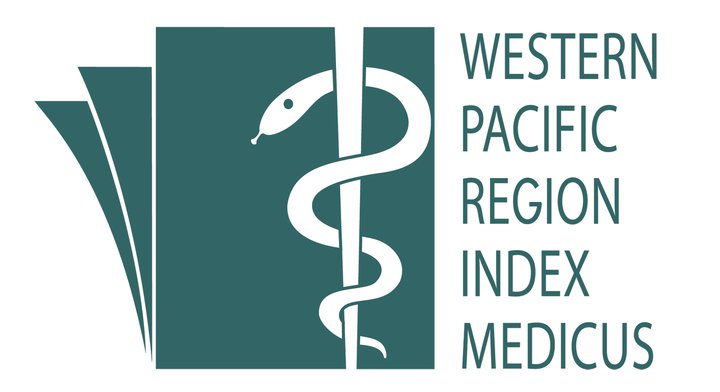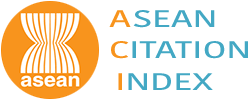Alcohol Consumption Practices Among Nepali Migrant Workers in Shah Alam, Selangor
Abstract
Malaysia has been considered an industrialized country and there is a demand for manpower in low-skilled jobs which usually filled by migrant workers. Therefore, this study focused to identify the level of alcohol consumption and its associated factors particularly among Nepali migrant workers in Shah Alam, Selangor. A cross-sectional study using a convenient sampling method was conducted among 233 Nepali migrant workers in Shah Alam, Selangor using a self-administered questionnaire. A validated scoring system by DASS 21 and The Alcohol Use Disorder Identification Test was employed. The results show that 60.09% of Nepali workers consumed alcohol with most of them are in low (31.43%) and medium (29.28%) risk level for alcohol consumption. The empirical findings reveal a significant association between income, education level, and peer pressure (p value<.001 respectively) with alcohol consumption. However, the study found no association between age, marital status, years of working, and body mass index (p value= 0.44, 0.19, 0.42, 0.40 respectively) with alcohol consumption. In a conclusion, most Nepali migrant workers consume alcohol but in low and medium risk severity for alcohol consumption. The results highlight sociodemographic factors such as income and education as well as peer pressure among important factors affecting alcohol consumption.
Published
How to Cite
Issue
Section
License
IJPHR applies the Creative Commons Attribution (CC BY) license to articles and other works we publish. If you submit your paper for publication by IJPHR, you agree to have the CC BY license applied to your work. Under this Open Access license, you as the author agree that anyone can reuse your article in whole or part for any purpose, for free, even for commercial purposes. Anyone may copy, distribute, or reuse the content as long as the author and original source are properly cited. This facilitates freedom in re-use and also ensures that IJPHR content can be mined without barriers for the needs of research.





